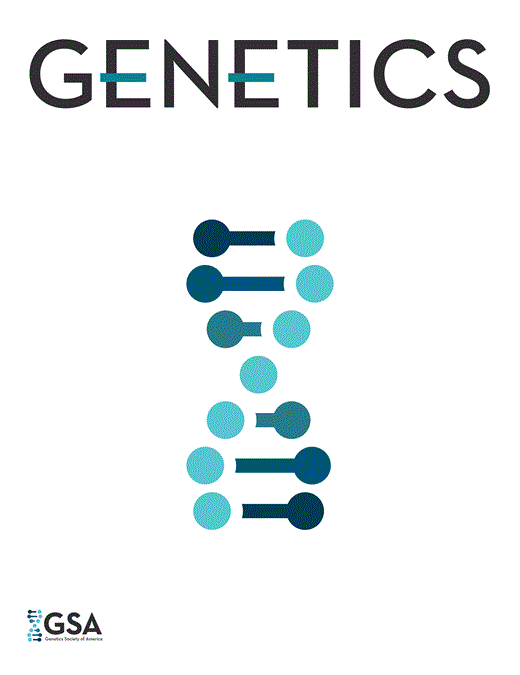-
PDF
- Split View
-
Views
-
Cite
Cite
L M Newby, F R Jackson, A new biological rhythm mutant of Drosophila melanogaster that identifies a gene with an essential embryonic function., Genetics, Volume 135, Issue 4, 1 December 1993, Pages 1077–1090, https://doi.org/10.1093/genetics/135.4.1077
Close - Share Icon Share
Abstract
To identify components of a circadian pacemaker output pathway, we have sought Drosophila mutations that alter the timing of eclosion but do not perturb circadian period or the expression of the activity rhythm. A mutant named lark has been identified, for which daily peaks of eclosion occur abnormally early while populations are synchronized to either light/dark or temperature cycles. The temporal phasing of locomotor activity in lark mutants, however, is entirely normal, as is the free-running period of the circadian pacemaker. The lark strain carries a single P-element insertion which, interestingly, has a dominant effect on the timing of eclosion, but is also associated with a recessive embryonic lethal phenotype. The analysis of excision-generated alleles suggests that the lark gene encodes an essential function. This function is apparently mediated by a transcription unit that is interrupted by the P-induced lark mutation. A combination of in situ hybridization analysis and reporter (beta-gal) staining indicates that this transcription unit expresses mRNAs throughout the embryonic central nervous system and in a defined subset of cells in the nervous system of pharate adults. RNAs are first detected at about embryonic stage 11, just prior to the stage at which lethality occurs in lark homozygotes. Based primarily on the observed mutant phenotypes, a function is proposed for the LARK product(s) that is consistent with the pleiotropic nature of lark mutations.



